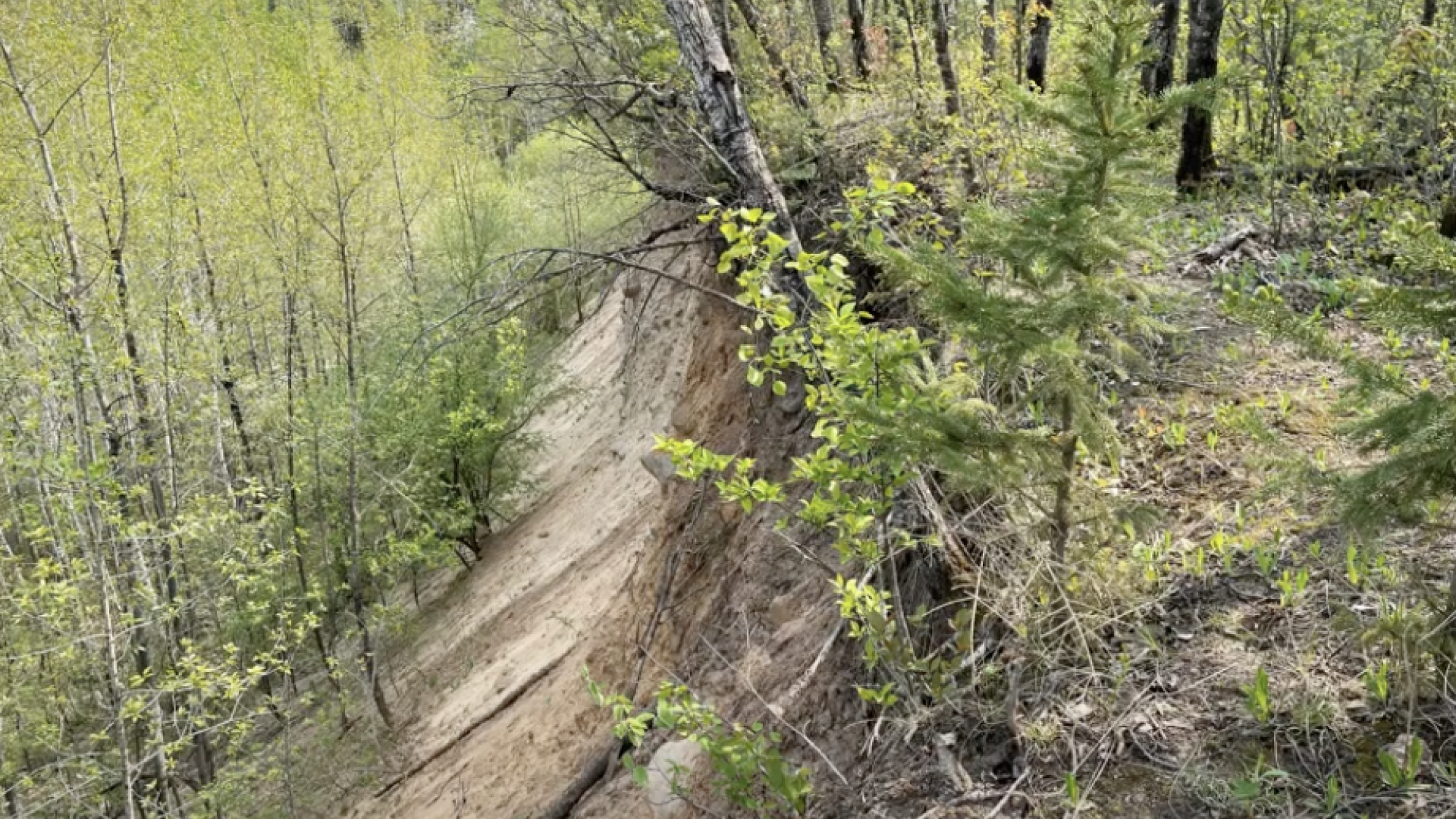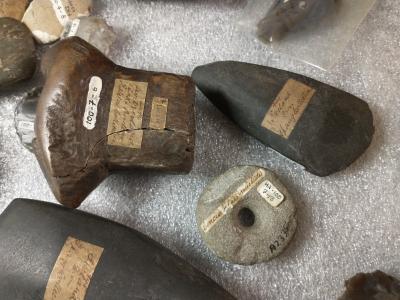
Research and Projects
Center for Anthropological Services
Archaeological survey of Mower County, Minnesota
Grand Meadow Chert Quarry/Wanhi Yukan GPR Pilot Study
Mountain Iron Cemetery Project

The Center for Anthropological Services is currently under contract to the Minnesota Department of Natural Resources, Division of Lands and Minerals to develop a plan to address risks to a late 19th to early 20th century cemetery posed by the erosion of a disused open pit mine. Watch the presentation at left to learn more about the project, or view the transcript below.
Red Rock Ridge Research Group
Hamline History Project
Hamline's Legacy Collections

Hamline University possesses several legacy archaeological collections, which are older collections of artifacts that do not meet modern curation standards. Hamline's legacy collections include some that are more complex to deal with: African and European artifacts deaccessioned by the Minnesota Historical Society in the 1960s, collections assembled by individuals and donated to the University, and items with no associated information at all. The collections that were donated to Hamline include one assembled during the late 1980s, another that was possibly assembled during the early 1970s, and a third at an unknown date.
Another group, comprised of a number of collections that were assembled during survey and excavation projects in Minnesota between the 1970s and 1990s, were accessioned (officially made part of the collections an institution owns) at Hamline largely because during this period, Professor Barbara O'Connell was the assistant to the state archaeologist and, at that time, the Twin Cities office of the state archaeologist was based out of Hamline. These collections are in better shape, and typically have some associated excavation notes or a catalog, which refers to a list of the items from a site with identifications.
When we say that these collections do not meet modern curation standards, we mean that these objects are often not properly cataloged, are stored in inappropriate containers (popular examples include baby food jars, sandwich bags, and cigar boxes), and may not even have associated records. Some collections appear to not have been fully processed or analyzed.
Properly caring for these objects involves a long process of inventorying artifacts and documents, cleaning, and repackaging. Some of these collections may even need to be deaccessioned from Hamline and accessioned at other institutions. We are currently nearing completion of the first stage of the process: inventorying the artifacts themselves.
Contact information
-
If possible human remains have been found, please contact local law enforcement.
-
Center for Anthropological Services(651) 523-2891 HUCAS Phone(612) 434-5783 Repository phone (monitored Monday - Friday, 9 a.m. - 3 p.m.)
-



